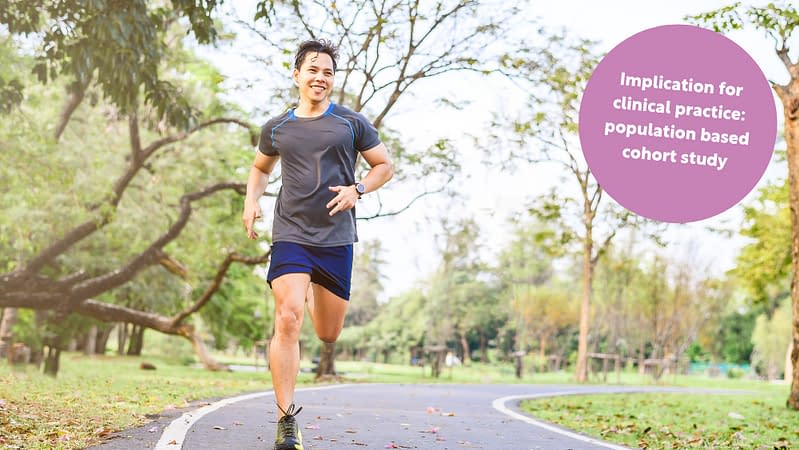Even a short duration of any type of exercise seems to reduce the risk of all-cause mortality and serious adverse events in patients with hypertension, type 2 diabetes or cardiovascular diseases. Exercise has a statistically significant positive effect on quality of life in these groups.
Context
To assess the beneficial and harmful effects of adding exercise to usual care for people with hypertension, type 2 diabetes mellitus and/or cardiovascular disease.
Methods
- Data sources included The CENTRAL, MEDLINE, EMBASE, Science Citation Index Expanded on Web of Science and BIOSIS searched from inception to July 2020.
- All randomised clinical trials adding any form of trialist defined exercise to usual care versus usual care in participants with either hypertension, type 2 diabetes or cardiovascular disease irrespective of setting, publication status, year and language were included.
- Five independent reviewers extracted data and assessed risk of bias in pairs. The methodology was based on Preferred Reporting Items for Systematic Reviews and Meta-Analyses, Grading of Recommendations Assessment, Development and Evaluation and Cochrane Risk of Bias-version 1.
Results
- 950 trials were included, of which 248 trials randomising 21,633 participants reported on predefined outcomes. All included trials were at high risk of bias.
- The major types of exercise reported were dynamic aerobic exercise (126/248 trials), dynamic resistance exercise (25/248 trials), and combined aerobic and resistance exercise (58/248 trials).
- The study participants were included due to cardiovascular diseases (189/248 trials), type 2 diabetes (41/248 trials) or hypertension (16/248 trials).
- The median intervention period was 3 months (IQR: 2–4 months) and the median follow-up period was 6 months (IQR: 3–8 months) after randomisation.
- Meta-analyses and trial sequential analyses showed evidence of a beneficial effect of adding exercise to usual care when assessing all-cause mortality (risk ratio (RR) 0.82; 95% CI 0.73 to 0.93; I2=0%, moderate certainty of evidence) and serious adverse events (RR 0.79; 95% CI 0.71 to 0.88; I2=0%, moderate certainty of evidence).
- The study did not find evidence of a difference between trials from different economic regions, type of participants, type of exercise or duration of follow-up.
- Quality of life was assessed using several different tools, but the results generally showed that exercise improved quality of life, but the effect sizes were below our predefined minimal important difference.




